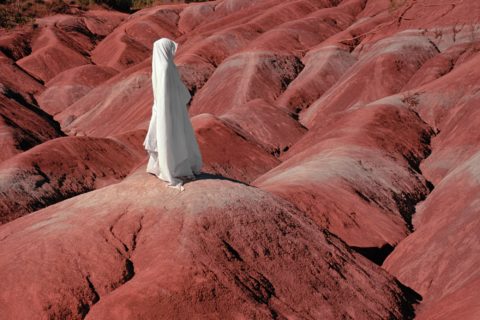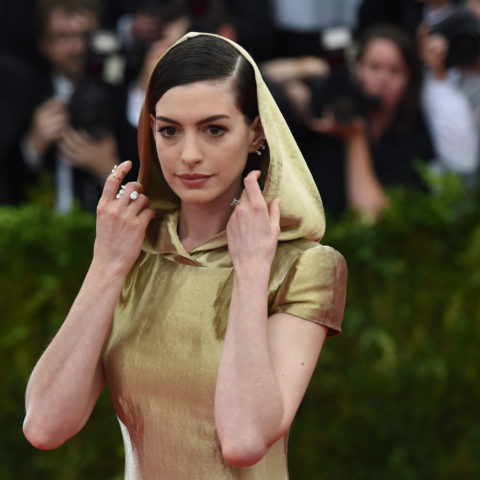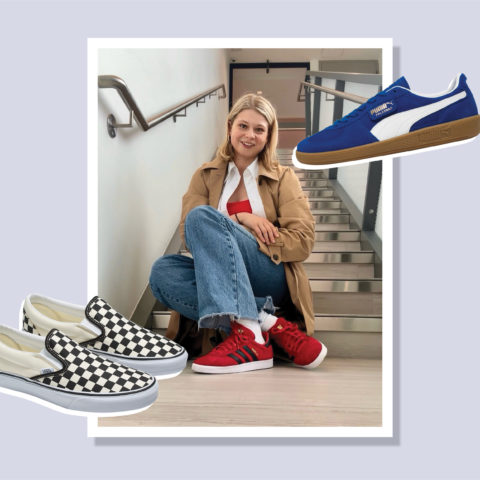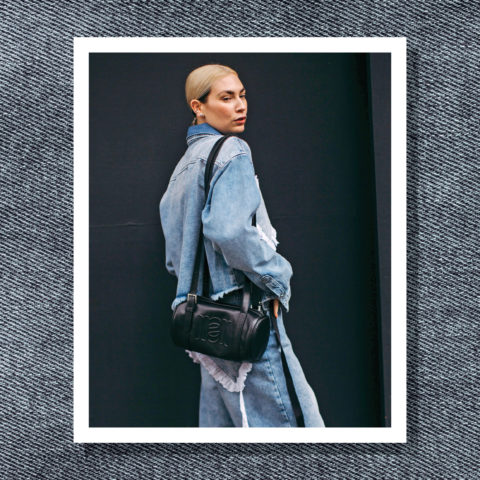Muslim Writer Rana Askoul Meditates on Her Complex Relationship with the Veil
Before the morning rush begins, I head to a quiet room overlooking my small Mediterranean garden for my Fajr, or dawn prayers. I light some candles, burn some incense and then drape myself in a long maroon-coloured veil.
As a Muslim woman, I have a complex relationship with the draped veil. As an Arab Muslim woman working to further the rights of women in my region, I have an especially complex relationship with the veil. Does the Western (and, at times, Eastern) narrative that the veil signals a woman’s submission to, dependence upon and inferiority to men hold some truths? If so, how does that measure up against the religious and spiritual attachments to the veil that many Muslim women I know have? Are we able to view the topic outside the extremities of some social, political and ideological agendas?
While the veil debate is battled on many stages, it entered a new arena when numerous fashion designers and brands—from Gucci, Marc Jacobs and Versace to Calvin Klein—featured head scarves and veils in their Fall 2018 collections.
To some, this was a long-awaited response to patriarchal constructions and the objectification of women that has rendered the latter into amalgamations of high heels and plunging necklines. To others, it translated into an inclusion exercise for the growing modest-fashion movement. Yet to some, this was viewed as a form of cultural appropriation “reinforcing oppressive power dynamics.” Isn’t white women donning the hijab on the runway a far cry from Muslim women doing the same and being exposed to harassment, persecution and, in extreme cases, a ban on their symbols of culture and their religious and spiritual attachments?
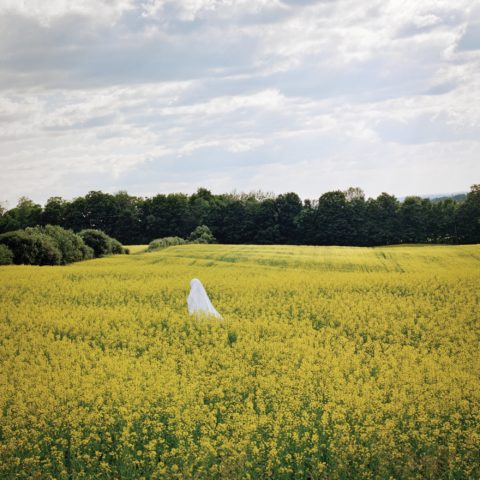
It’s complex, yet I find some answers in Leila Fatemi’s self-portraits in The Wandering Veil. Her series of images of an anonymous figure in a white veil engaged in contemplation in unrecognizable yet sublime landscapes manages to simplify the complexity.
In Fatemi’s attempt to give precedence to the unseen over that which is physically present, the veil creates an opportunity for the anonymous figure to be invisible within the vastness of the public space around her: an extreme form of escaping control. Freed from the distraction and the intrusion of all that lies outside, the figure is able to continue a contemplation of the world around her and the place that she occupies within that world.
This is the psychological and spiritual space that I seek when I drape myself in my veil during my precious morning prayers. But it is a constantly fleeting state not guaranteed by the mere hanging of the veil over my head. There are times when I pray, veiled, yet am not fulfilled. And there are other times when that fleeting state is suddenly and randomly present as I walk down some alley with the wind blowing through my hair.
But can such depths of the complexity of the meditative experience be reflected on the runways? Can we cultivate an authentic understanding of our personal, private and hard-to-come-by attempts to escape control in all its forms? Can designers create spaces for the parts of our existence that roam beyond the physical representation?
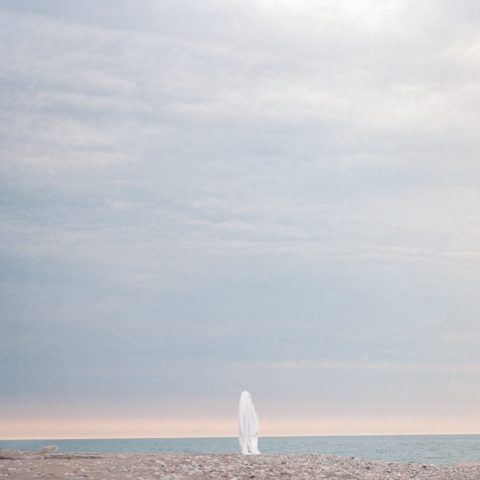
As I contemplate this last question, I stumble upon the principle of unity in design. This balance between unity and variety therefore becomes critical to avoid lifeless designs. It is this very balance between unity and variety that I believe has yet to be achieved both on and off the runways with respect to veils.
We stand to gain greatly from a more genuine reflection of all these nuances, regardless of their religious and cultural associations. The very emergence of the veil on the runways opens up the space for debate and challenges us all to look further, beyond the seen. And perhaps our answers in this collective debate will only emerge as we examine the individual and the personal, for aren’t we the sum of all our parts?
Rana Askoul is a Middle East-based writer whose works focus on Arab women’s identity and rights, Palestinian identity and rights and social-change advocacy in the region.

